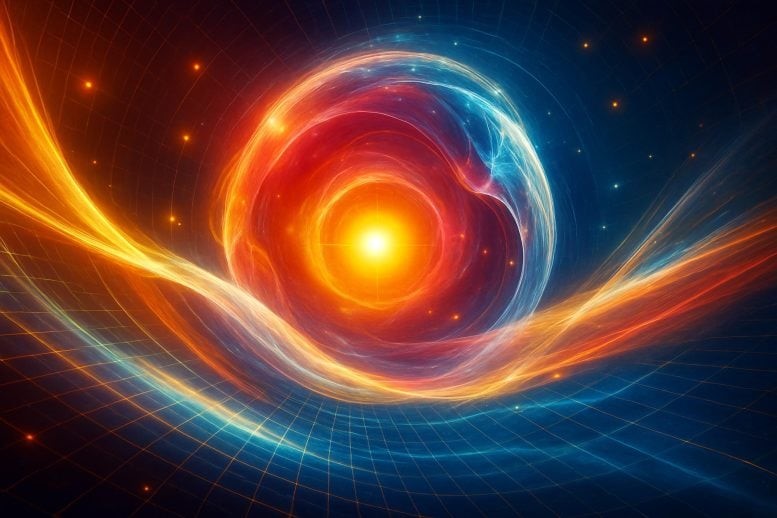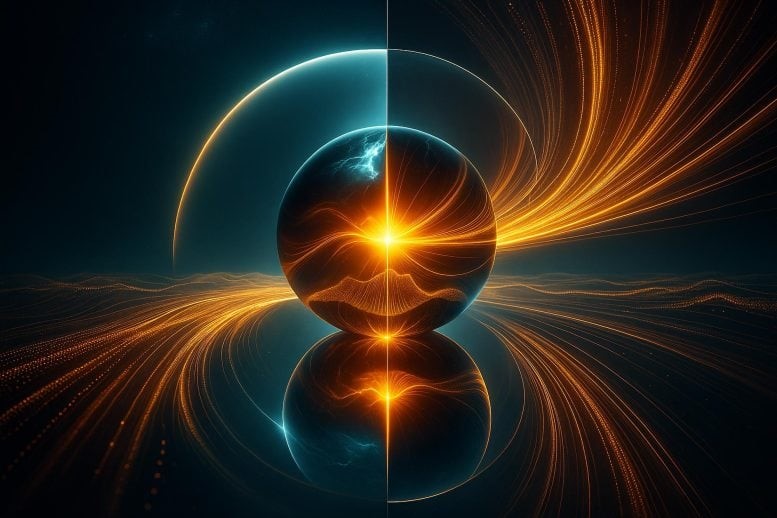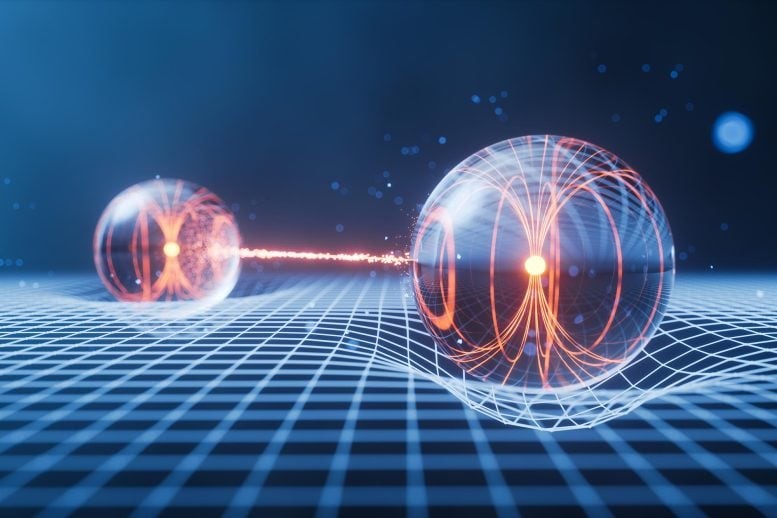Is the Universe A Hologram? Schrödinger’s Century-Old Equation May Still Hold the Answer
Schrödinger’s Equation: A Century-Old Quantum Breakthrough
One hundred years ago, Austrian physicist Erwin Schrödinger—famous for the thought experiment involving a cat in a box—introduced an equation that would transform science. Schrödinger’s Equation became a foundational element of quantum mechanics, enabling scientists to calculate a system’s wave function and predict how it evolves over time.

Figure 1. Is the Universe a Hologram? Schrödinger’s 100-Year-Old Equation Could Reveal the Truth.
“Quantum mechanics and Albert Einstein’s theory of general relativity are the two fundamental pillars of modern physics,” says Abhay Katyal, a physicist at Utah State University. “The ongoing challenge for over fifty years has been reconciling these two frameworks.” Figure 1 shows Is the Universe a Hologram? Schrödinger’s 100-Year-Old Equation Could Reveal the Truth.
Bridging Two Incompatible Worlds
Quantum mechanics rules the strange behavior of atoms and subatomic particles, while general relativity describes how gravity operates on large-scale structures like planets, stars, and galaxies. Each theory excels within its own domain, but they conflict when scientists attempt to merge them.
“Many mysteries in physics can be addressed by one theory or the other, but the answers often contradict each other,” explains Oscar Varela, associate professor and mentor to Abhay Katyal. “Quantum gravity aims to unify them, yet we still don’t have a clear understanding of what that truly means.”
Utah Physicists Explore the Holographic Principle
In their pursuit of a viable theory of quantum gravity, Utah State University physicists Oscar Varela and Abhay Katyal—along with former USU postdoctoral fellow Ritabrata Bhattacharya—are investigating the holographic principle, which they consider a fundamental feature of any legitimate quantum gravity framework. Their recent findings, published in Physical Review Letters by the American Physical Society, are backed by the National Science Foundation’s Elementary Particle Physics–Theory program.
“Testing quantum gravity theories experimentally is incredibly challenging because we lack the technology to observe phenomena at extremely high energies or minuscule scales,” says Varela. “For theorists like us, a precise mathematical model serves the same purpose as a lab instrument does for experimentalists—it allows us to make predictions about the physical universe.”
Pushing the Frontiers of Physics
For the USU team, the holographic principle serves as a crucial tool to advance understanding in the evolving landscape of physics.
“The holographic principle provides the framework we use to make predictions about quantum gravity,” explains Varela.
Schrödinger’s Equation – The Birth of Quantum Mechanics
Explore how Erwin Schrödinger’s equation revolutionized physics 100 years ago, introducing the concept of the wave function and how it predicts the behavior of particles at the quantum level. Understand why this equation remains fundamental in the study of quantum mechanics today.
The Clash of Giants – Quantum Mechanics vs. General Relativity
Delve into the two pillars of modern physics: quantum mechanics, which governs the tiniest particles, and general relativity, which explains gravity and the cosmos on a grand scale. Highlight the challenge scientists face when trying to unify these seemingly incompatible theories.
The Quest for Quantum Gravity – Bridging the Divide
Discuss the ongoing search for a theory of quantum gravity that reconciles quantum mechanics and general relativity. Introduce the concept of quantum gravity and why it remains one of physics’ greatest mysteries.
The Holographic Principle – A New Window into the Universe
Introduce the holographic principle as a promising idea suggesting our 3D universe might be described by information encoded on a 2D boundary—much like a hologram. Explain why this principle could be key to understanding quantum gravity.
Testing the Theory – How Utah Physicists Are Pushing the Boundaries
Highlight the cutting-edge research by Utah State University physicists testing the holographic principle using mathematical models based on Schrödinger’s equation. Discuss the importance of these efforts for unlocking the secrets of the universe and the future of physics.
Source: SciTECHDaily
Cite this article:
Priyadharshini S (2025), Is the Universe A Hologram? Schrödinger’s Century-Old Equation May Still Hold the Answer, AnaTechMaz, pp. 286




